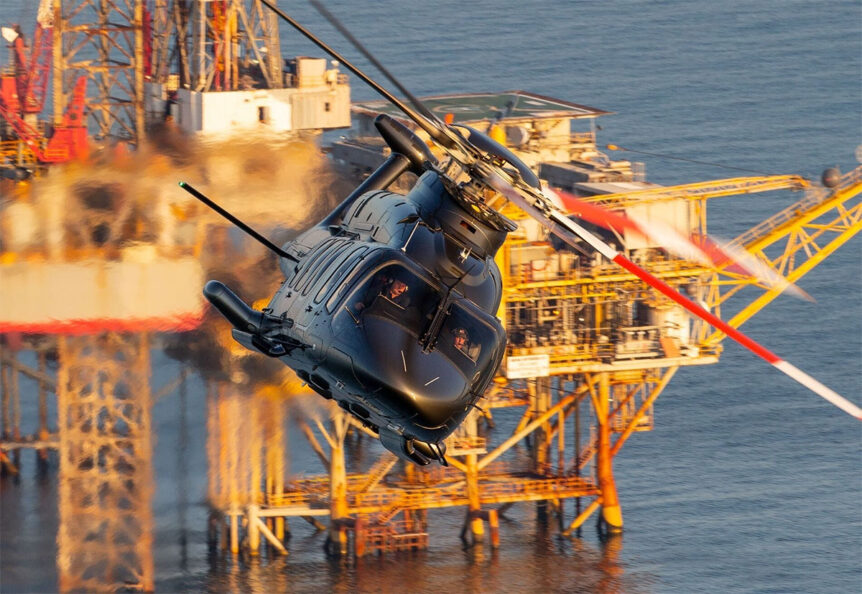The Bell 525 helicopter introduces advanced design, high performance, and specialized offshore capability to the oil and gas industry. It stands as a highly promising platform for moving crews and equipment between shore bases and remote offshore installations. In the offshore sector, where safety, range, and payload are vital, the Bell 525 distinguishes itself as a purpose built aircraft for energy missions.
Built to Excel
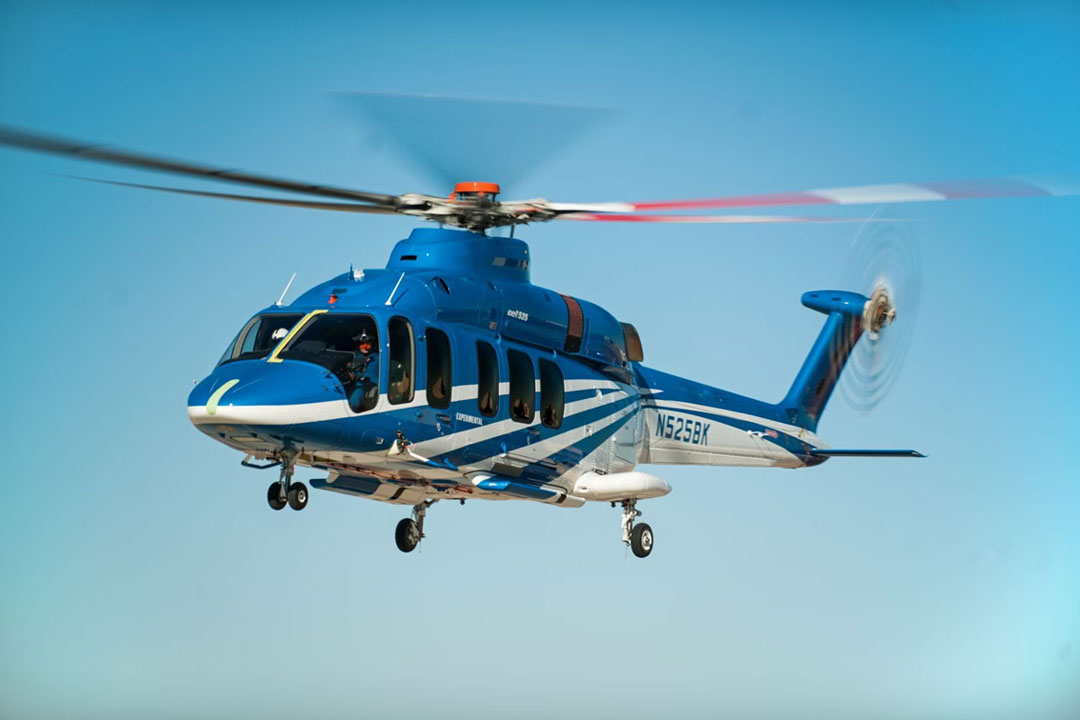
Bell’s 525 Helicopter | Photo: bellflight.com
The Bell 525 is engineered with offshore operations as a primary focus. Its specifications feature a maximum cruise speed of up to 160 knots (296 km/h) and a maximum range of about 619 NM (1,146 km) under standard conditions. The hover ceiling in ground effect (IGE) is 9,132 ft, and out of ground effect (OGE) 7,626 ft.
These performance numbers make the helicopter ideal for long haul flights to offshore platforms, remote rigs, and deep water installations where range and endurance are critical. The cabin is both flexible and spacious, configured for 2 crew and 16 passengers in a standard layout (and up to 20 in high density) and includes a large baggage compartment of 128 ft³ (3.6 m³).
Important features comprise marine ready construction to resist corrosion from harsh offshore settings, and a modern cockpit with the Garmin G5000H avionics suite and the first triple redundant fly by wire (FBW) control system in a commercial helicopter. For offshore operators, these features work together to lower pilot workload, improve safety, and enable more efficient missions in difficult conditions.
Validation and Adoption: Real World Testing and Orders
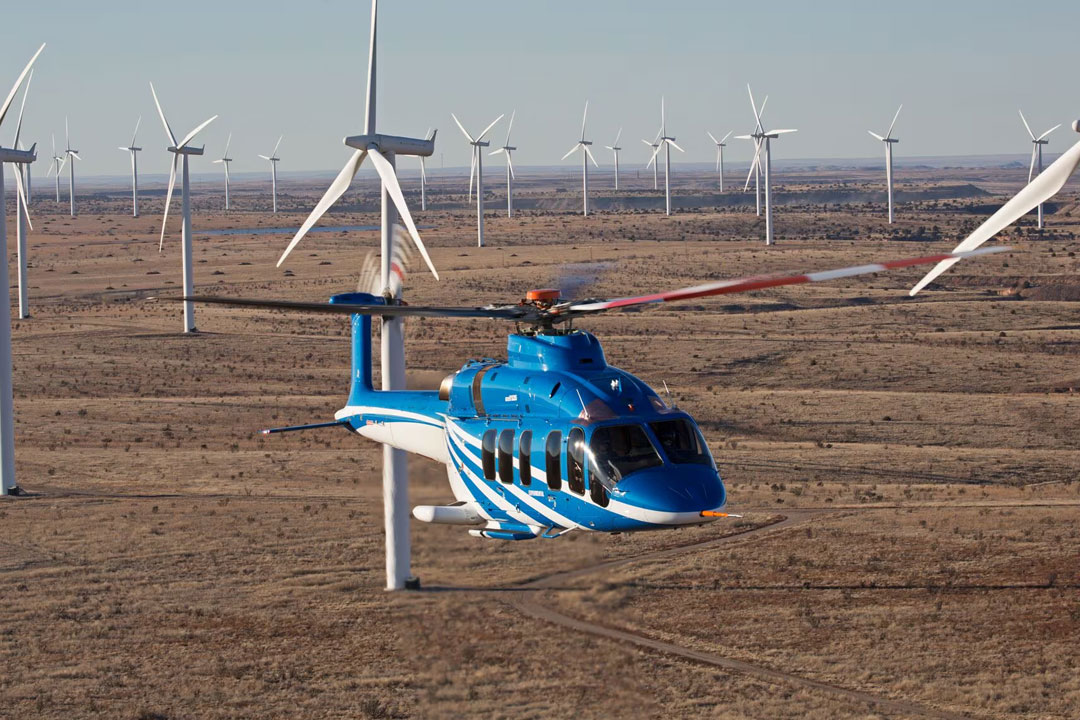
The Bell 525 surveys a wind farm. | Photo: bellflight.com
For the offshore energy sector, a major endorsement of the Bell 525 is the order from Equinor, a leading Norwegian energy company. In March 2024 Bell announced a purchase agreement for 10 Bell 525 aircraft specifically for North Sea offshore operations, with deliveries planned to start in 2026. This contract highlights the aircraft’s strong appeal to large scale offshore mission operators.
Additionally, Bell and Omni Helicopters International Group (OHI) signed an agreement to conduct a six month operational evaluation of the Bell 525 in the Guyana basin. This focuses on offshore mission cycles, daily high tempo operations, loading and unloading, refueling, and offshore handling under real world conditions. These trials aim to confirm the Bell 525’s resilience, operational support structure, and readiness for the offshore market.
Technical Advantages
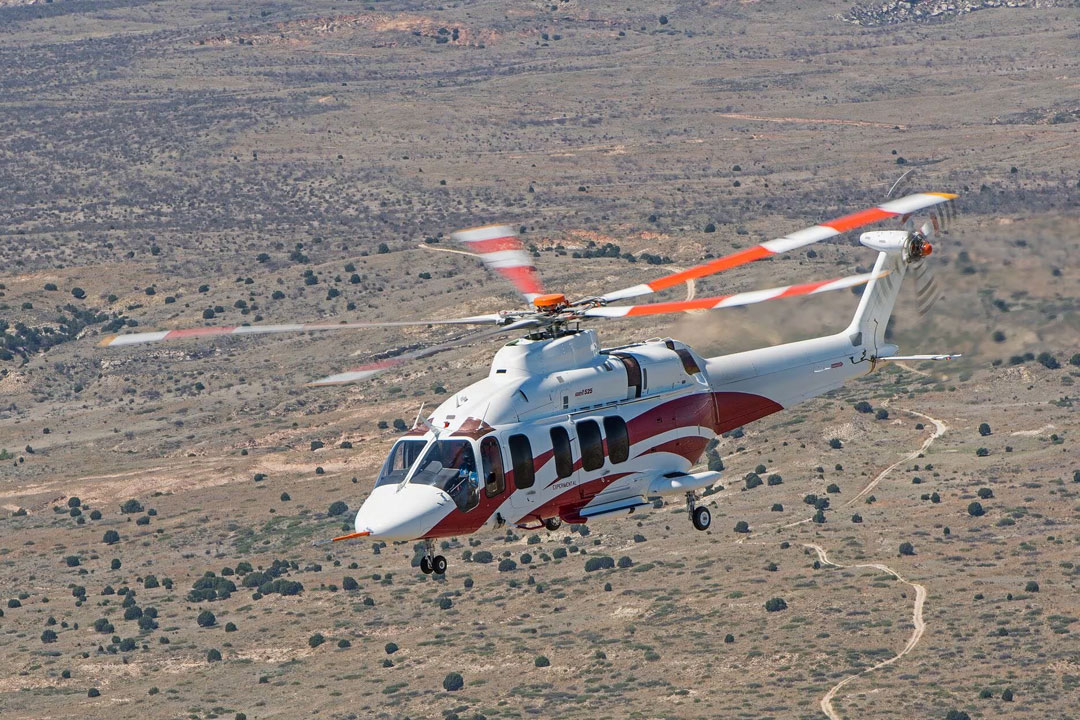
The Bell 525 features a maximum cruise speed of up to 160 knots | Photo: bellflight.com
Several technical advantages make the Bell 525 particularly suitable for offshore energy missions:
- Fly by wire control system: The FBW system reduces pilot workload and allows more precise control in difficult offshore conditions like ship deck landings, helideck transitions, and bad weather.
- High cruise speed and long range: With a cruise speed near 160 knots and range over 600 NM, the Bell 525 lets operators reach remote deep water rigs or installations without refueling stops.
- Spacious and configurable cabin: The flexible floor, large baggage compartment, and high seating capacity support both crew transport and cargo missions common in oil and gas operations.
- Offshore durability: Built in marine construction to withstand salt air corrosion and rough handling common on offshore platforms ensures less downtime and better availability.
- Improved efficiency and lower emissions: The Bell 525 supports sustainability goals by consuming about 30% less fuel per hour than heavier class helicopters used offshore today.
Challenges and Considerations in Offshore Adoption
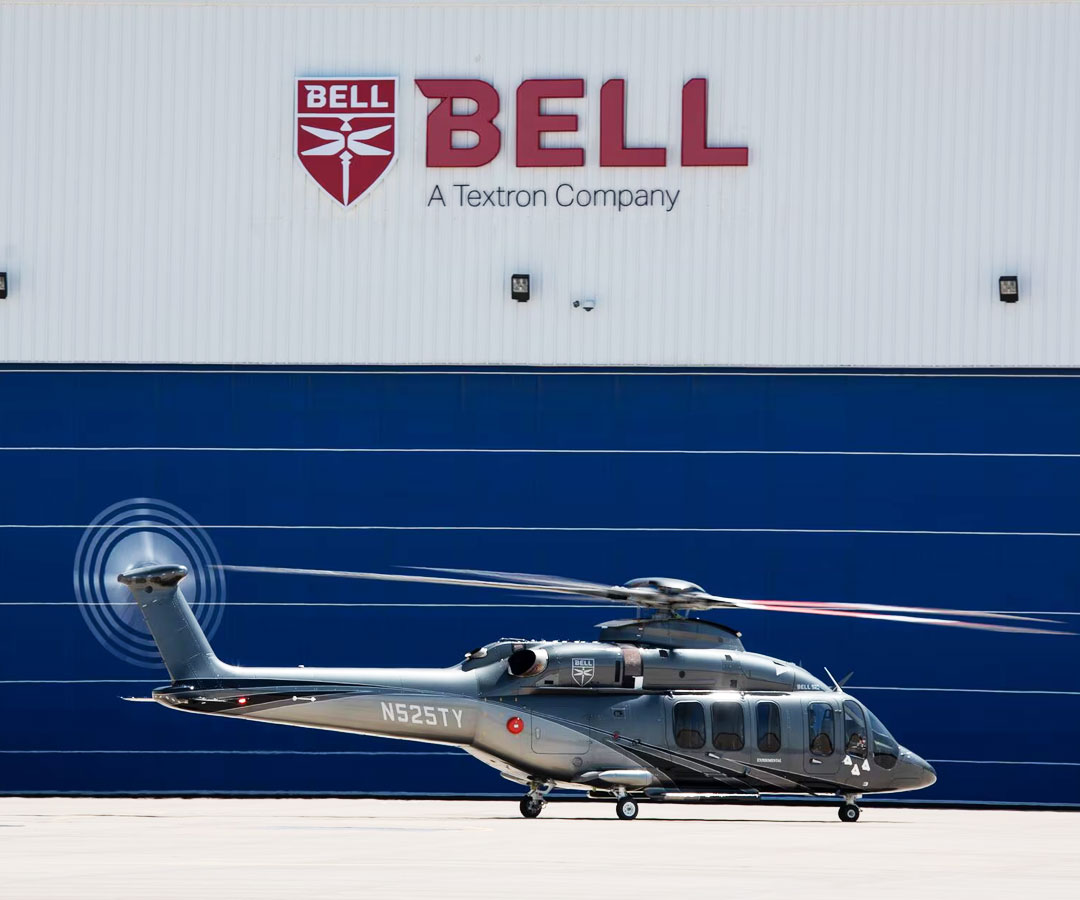
The 525 sits outside a Bell service hangar. | Photo: bellflight.com
While the Bell 525 holds significant promise for offshore operations, there are practical factors that offshore operators and service providers should consider:
- Certification and entry into service timing: As the platform continues through certification and demonstration phases, commercial availability and full operational maturity are still in progress.
- Support network and global infrastructure: Offshore missions require a strong global maintenance and parts supply network. As a new platform, the Bell 525’s worldwide support footprint is still developing.
- Competition and market acceptance: The offshore rotorcraft market includes established models like the Sikorsky S 92, Airbus H175, and Leonardo AW189. The Bell 525 must prove strong reliability, cost effectiveness, and lifecycle support to succeed.
- Economic conditions in the energy sector: Offshore helicopter operators face oil and gas price cycles, contract duration pressures, and cost saving measures; the Bell 525 will need to deliver compelling economics for widespread adoption.
The Bell 525’s Role in the Future
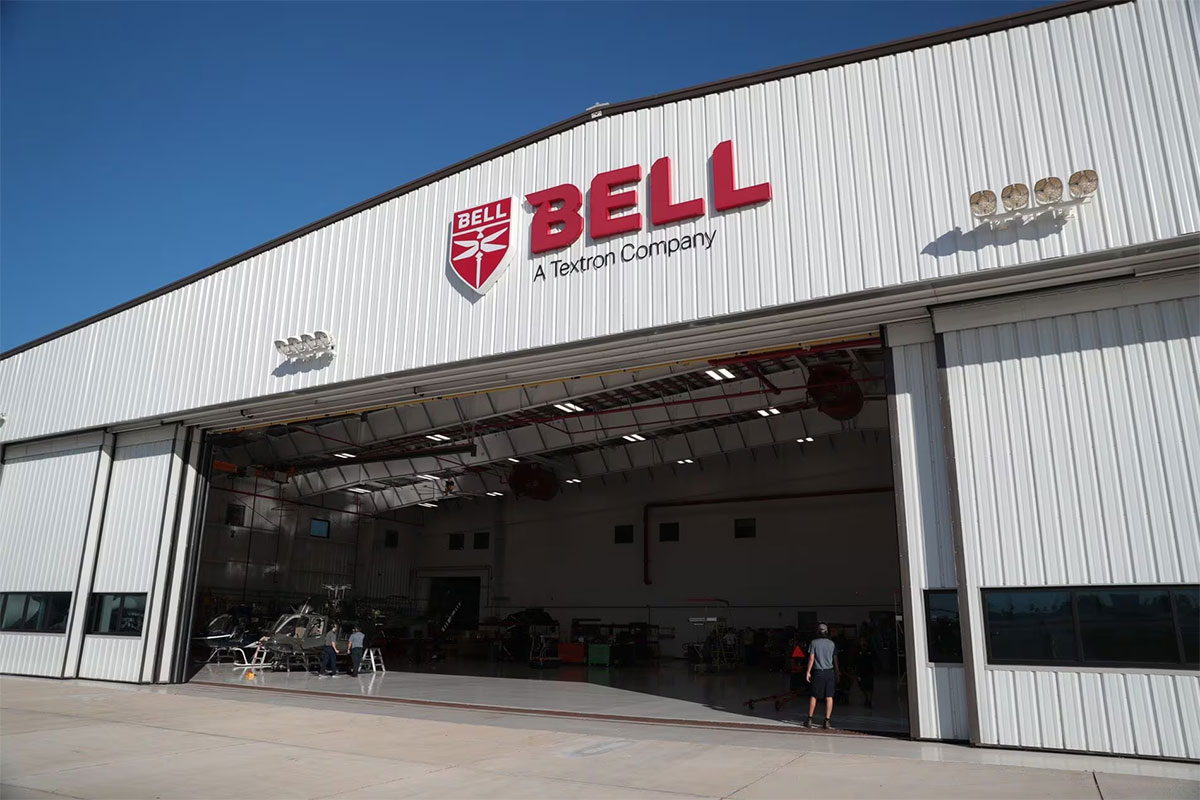
A Bell Helicopters service hangar. | Photo: bellflight.com
As oil and gas operators continue to seek improved reliability, lower carbon footprints, and higher efficiency in their aviation support fleets, the Bell 525 is well positioned for a significant role. Its combination of performance, capacity, and modern systems aligns with key offshore requirements. The contract with Equinor demonstrates confidence among major offshore operators.
For offshore energy missions where range, capacity, safety, and cost effectiveness matter, the Bell 525 helicopter represents a compelling next generation platform.
